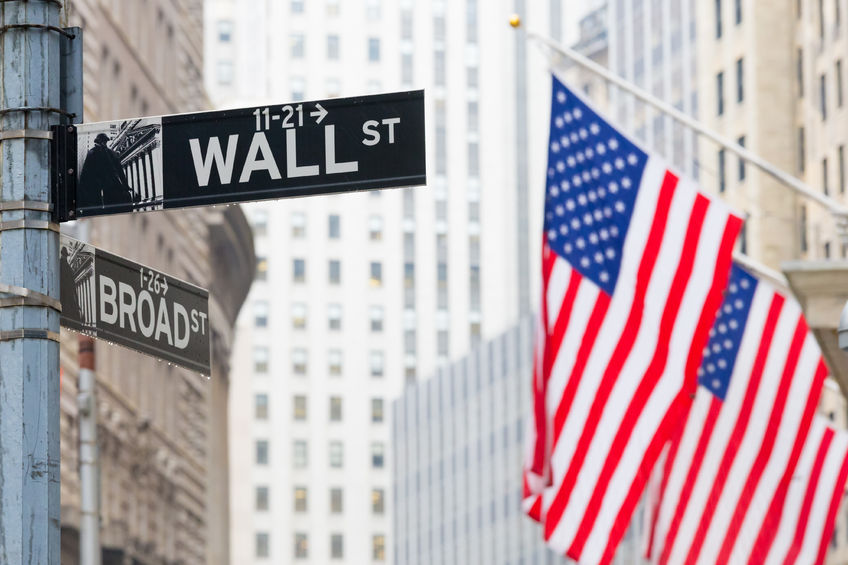
The U.S. economy revved up this spring after a weak start to the year, fuelled by strong consumer spending. But the growth spurt still fell short of the optimistic goals President Donald Trump hopes to achieve through tax cuts and regulatory relief.
The Commerce Department said Friday that growth in the gross domestic product (GDP), the economy’s total output of goods and services, expanded at a 2.6% annual rate in the April-June quarter. That’s more than double the revised 1.2% pace in the first quarter (Q1).
The improvement was powered by a robust recovery in consumer spending after a winter slowdown.
Trump campaigned on a pledge to boost growth to rates of 4% or better. So far, his economic program has not advanced in Congress.
Trump in May put forward a budget for next year that projects growth to steadily advance in the coming years, hitting a sustained pace of 3% annually by 2021. The Congressional Budget Office and most private economists are less optimistic, believing growth rates have the potential of improving only slightly from the lacklustre rates seen in the current recovery, the weakest in the post-World War II period.
Also on Friday, the department’s Bureau of Economic Analysis issued an annual benchmark revision of its data going back three years. The revision slightly boosted growth over the past three years, enough to lift the average growth in this recovery, now the third longest in U.S. history, to annual gains of 2.2%, up from the previous estimate of 2.1%.
The 2.6% growth in the second quarter was the fastest pace since the economy expanded at a 2.8% rate in the third quarter of last year.
Much of the strength in the April-June period came from consumer spending, which grew at a 2.8% rate, up from a 1.9% growth rate in Q1. Consumer spending accounts for 70% of economic activity. The economy also benefited far more modest inventory reductions, which was a big drag on Q1 growth.
In the other major categories, business investment in plant and equipment grew at a 5.2% rate. But housing construction tumbled at a 6.8% rate, a payback after an 11.1% surge in the winter due to warmer-than-normal weather. Economists believe housing will resume growing in coming quarters.
A shrinking trade deficit added a modest 0.2 percentage point to growth as exports rose while imports, which subtract from the GDP, grew at a slower pace.
The government sector grew at a 0.7% rate, driven entirely by a big jump in defence spending. Domestic federal programs and state and local governments all showed small declines.
Weakness in Q1 that is followed by a stronger spring expansion has become a familiar pattern in recent years, prompting the government to launch a concerted effort to deal with flaws in the government’s seasonal adjustment process.
Even with the spring rebound, analysts believe the economy will be unable to meet the ambitious targets set by Trump. For this year, many analysts believe growth will come in around 2.2%, essentially where growth has been since the recovery began in mid-2009.
During last year’s presidential campaign, Trump attacked the Obama administration’s economic record and said he could jump-start growth through a program of tax cuts for individuals and businesses, regulatory relief, tougher enforcement of trade laws to lower U.S. trade deficits and an increase in spending on infrastructure projects.
But given the fact that the program has failed to advance in Congress, many economists have trimmed their expectations for growth this year, saying any boost from Trump’s efforts will not likely show up until 2018.
The GDP report released Friday was the first of three estimates the government will issue.
Photo copyright: kasto/123RF